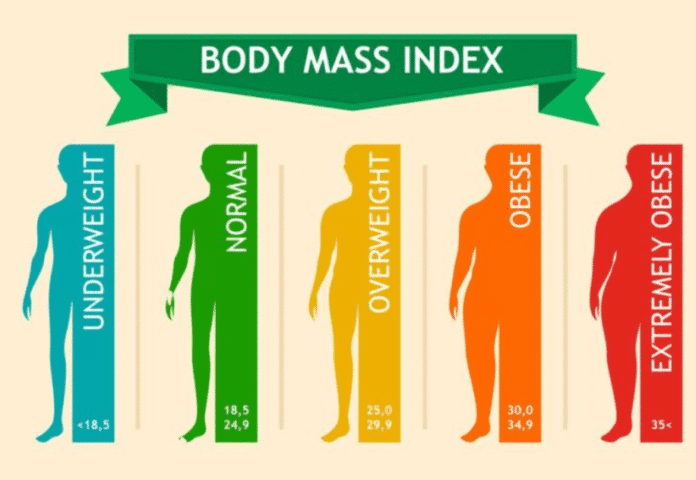Introduction
When it comes to health and fitness, one of the simplest yet most widely used tools is the Body Mass Index (BMI). Whether you’re looking to lose weight, gain muscle, or simply maintain a balanced lifestyle, BMI gives you a quick snapshot of where you stand.

But here’s the catch: BMI is often misunderstood. Some people dismiss it as “just a number,” while others rely on it too heavily. In this article, we’ll explore what BMI really means, its advantages and limitations, and how our BMI Calculator can help you understand your health better.
What is BMI?
Body Mass Index is a simple formula that compares your weight and height to categorize whether you are underweight, normal, overweight, or obese.
The formula is:
BMI = Weight (kg) ÷ Height (m²)
For example:
- A person weighing 70 kg with a height of 1.70 m has a BMI of 24.2, which falls into the normal range.
BMI does not measure body fat directly, but it serves as a quick and practical screening tool for weight-related health risks.
BMI Categories (WHO Standards)
- Underweight: Below 18.5
- Normal weight: 18.5 – 24.9
- Overweight: 25 – 29.9
- Obese (Class I): 30 – 34.9
- Obese (Class II): 35 – 39.9
- Obese (Class III): 40 and above
India-Specific BMI Guidelines
Interestingly, in India, the thresholds are slightly lower because Indians are more prone to diabetes and heart disease at lower BMI levels.
- Normal: 18.0 – 22.9
- Overweight: 23 – 24.9
- Obese: 25 and above
This means someone considered “normal” in Western standards may already be at risk in Indian populations.
Why BMI Matters
BMI is more than just a label—it’s a health indicator. A higher BMI is associated with:
- Greater risk of type 2 diabetes
- High blood pressure and heart disease
- Stroke and certain cancers
- Joint pain and mobility issues
On the flip side, a very low BMI can indicate malnutrition, weak immunity, or underlying medical conditions.
Limitations of BMI
While BMI is useful, it is not perfect. It doesn’t distinguish between muscle and fat. For example, an athlete or bodybuilder may have a high BMI but very little body fat. Similarly, someone with a “normal” BMI could still carry excess belly fat, which is more dangerous than overall weight.
That’s why BMI should always be interpreted along with other measures like waist circumference, body fat percentage, and lifestyle factors.
Why Use a BMI Calculator?
Our BMI Calculator makes it simple: just enter your weight and height, and instantly see your BMI category.
Benefits include:
- Quick screening for weight-related health risks
- Personalized insights based on Indian BMI cut-offs
- Helps you track progress during weight loss or fitness journeys
- Encourages healthier lifestyle decisions
Instead of guessing whether your weight is “okay,” you get a clear, evidence-based benchmark.
Tips to Maintain a Healthy BMI
- Balanced diet: Include whole grains, lean proteins, vegetables, and fruits.
- Exercise regularly: Aim for at least 150 minutes of moderate activity per week.
- Monitor portion sizes: Even healthy food can cause weight gain if over-eaten.
- Limit processed foods: Reduce packaged snacks, sugary drinks, and fried foods.
- Stay consistent: Track your BMI periodically to stay on the right path.
Conclusion
BMI is not the ultimate measure of health, but it provides a quick and valuable snapshot of where you stand. In India, where lifestyle diseases are on the rise, tracking your BMI can help you take preventive action before problems escalate.
Use our BMI Calculator today to check your category and take the first step toward a healthier, more balanced lifestyle.



